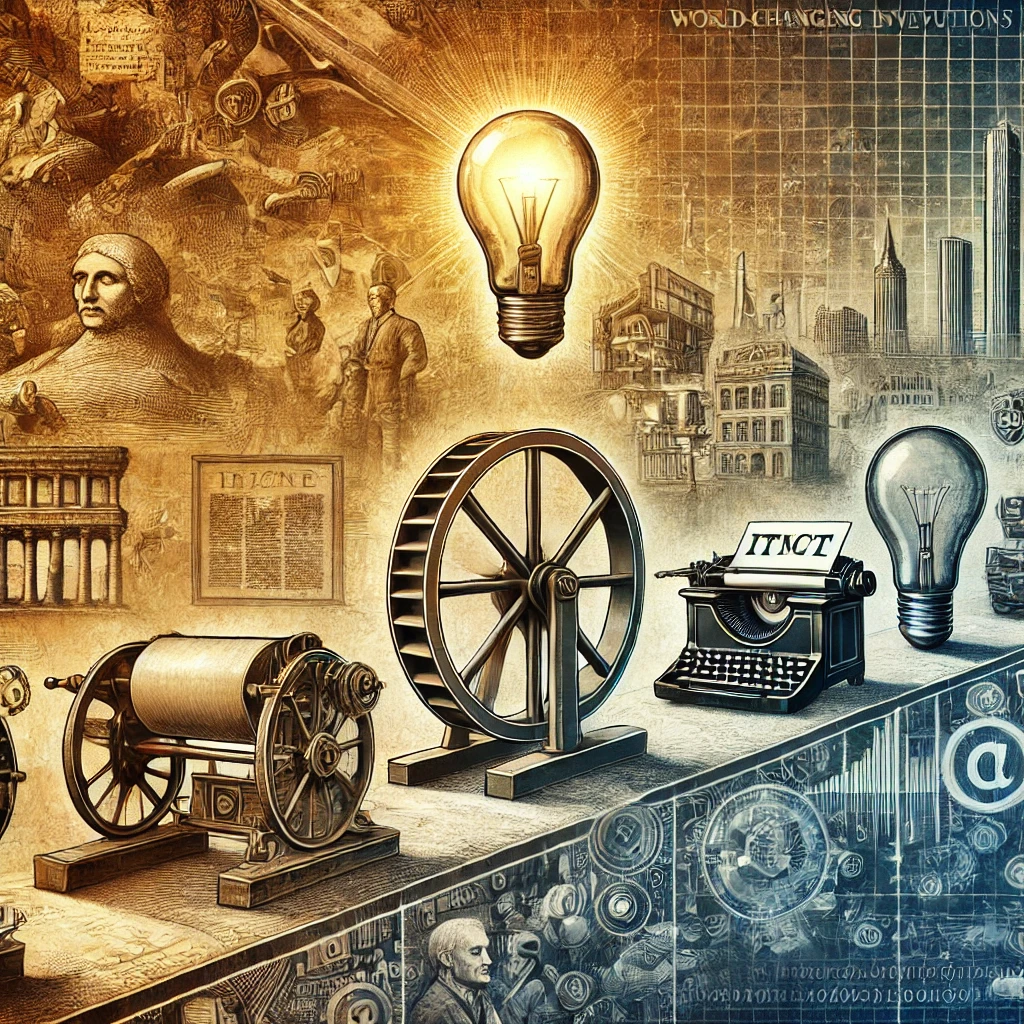
Book repositories have long served as bastions of knowledge, continuing and disseminating information for a period of time. From ancient scrolls to modern mathematical archives, the development of libraries has been apparent by a series of innovations that have molded the way we access and communicate with information. In this place article, we’ll explore few of the key innovations in study technology and services that have assisted to unveil knowledge to creation of learners and researchers.
One of ultimate significant innovations in the past of libraries is the invention of the machine for printing. Developed by Johannes Gutenberg in the 15th centennial, the printing press revolutionized the result of books, making them more accessible and inexpensive to the masses. With the skill to mass-produce books quickly and capably, libraries were able to extend their collections and supply greater access to information than ever before. The printing press designed the foundation for the modern athenaeum system and played a important role in democratizing access to facts.
In the centuries that attended, libraries continued to institute and adapt to the changing needs of their societies. The introduction of the Dewey Decimal Categorization system in the late 19th century transformed library organization, providing a patterned method for classification and cataloging books and other fabrics. This system made it smooth for patrons to locate particular items within the study’s collection and laid the basis for modern book repository classification systems.
The fabrication of the card catalog in the 19th century depicted another major milestone in atheneum innovation. Prior to the card index, library collections were frequently organized utilizing cumbersome manual systems that created it difficult to locate particular items. The card catalog received a more efficient and user-friendly design of organizing and accessing book repository materials, accompanying each item indexed on different card that could be surely searched and sorted by title, poet, or subject.
In the 20th century, the advent of mathematical technologies revolutionized the habit libraries function and provide services to their leaders. The development of online directories and databases made it possible for benefactors to search and access library accumulations from anywhere with an WWW connection. The digitization of book repository materials, including books, manuscripts, photographs, and additional archival materials, be able it easier for libraries to continue and share their collections with a worldwide audience.
Today, atheneums continue to institute and adapt to the digital age, having new technologies and services to meet the needs of their customers. Many libraries offer e-books, audiobooks, and streaming television services, allowing philanthropists to access digital content from their calculatings, tablets, and smartphones. Libraries further provide access to connected to the internet learning platforms, research databases, and in essence reference services, extending their role as hubs of lasting learning and information proficiency.
In conclusion, book repositories have a long history of innovation and correspondence, continually evolving to meet the changeful needs of their communities. From the invention of the machine for printing to the digitization of library collections, novelties in library technology and aids have played a important role in unveiling information and democratizing access to information. As we revere the future, libraries will continue to institute and embrace new technologies, guaranteeing that they remain vibrant and alive institutions in the mathematical age.


